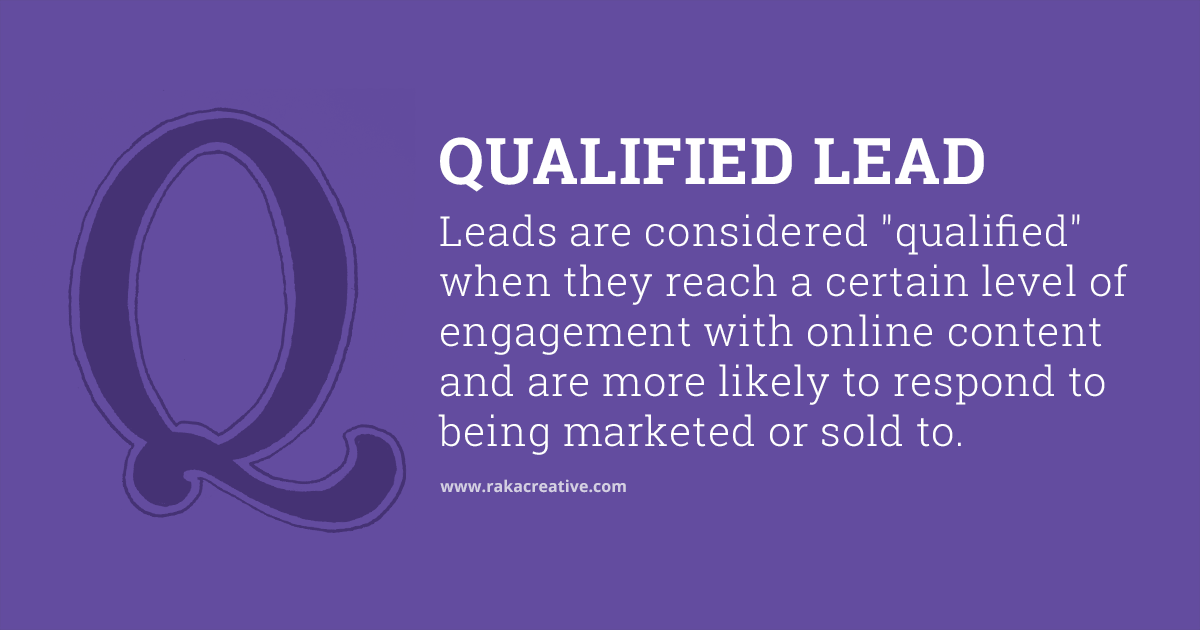For many marketers facing the everyday problem of trying to maximize return on their yearly marketing budget, the choice between inbound marketing versus advertising deserves real consideration.
Obviously, you want to choose the method that promises the greatest return for your business. But you also can’t wait around to see that return start to materialize. So which approach is best for your business?
The Case for Inbound Marketing
Inbound marketing (also known as organic or pull marketing) is widely considered a more comprehensive solution than advertising. Given the places that a brand can reach its users organically (search, social and email), that reputation is well-deserved.
The most prominent inbound tactics involve blogging, email marketing, social media marketing, and copywriting. Unlike advertising, a strong content strategy will drive search and social traffic long after the content has been created. The fact that content lives forever is a big selling point for inbound marketing. But it also underscores the need to make sure that your content is high-quality and strategically implemented.
The Case for Digital Advertising
Advertising generally has a much shorter lead time. It can be implemented more quickly than an inbound marketing strategy, and its impact can be felt and measured immediately. The growth of remarketing in social and search advertising has made advertising an even more compelling choice for many inbound marketers. Remarketing grants marketers with easy access to users who are already familiar with their brand.
The variety of available advertising channels (search, display, social, mobile, programmatic, feed-based advertising) also make it a desirable choice. But perhaps the most valuable aspect of advertising is the transparency of your success, in that you can directly measure the impact of your spend and optimize to improve your return.
Inbound Marketing vs. Advertising: The Case For Both
Your brand could choose to just commit to inbound marketing. Or you could choose to rely solely on advertising to drive qualified traffic to your site. But your brand also shouldn’t. The reality is that today, it’s less “inbound marketing vs. advertising” and more inbound marketing AND advertising. Brands who win with online marketing do it by reaping the benefits of both inbound and ads. Here’s why.
Advertising can help cover for inbound’s lead time
Content lives forever, but it takes most brands 3-6 months to get a content strategy implemented and to begin executing it effectively. From there, it usually takes another 3-6 months for content to start impacting search rankings and organic traffic. Strong evergreen content will produce leads for years to come, but in the meantime ads can help drive traffic to your highest converting pieces.
Sure, you can post content to social media to get more traffic. But even then, you’re reaching a very limited audience that’s already familiar with your brand…unless you use advertising tactics such as boosting posts or using social ads to promote that content to a new, larger audience. Because it’s easily implemented, advertising can help create brand awareness, grow affinity, and drive conversions in the short-term. There’s also remarketing.
The growth of remarketing is taking the world by storm
Remarketing is an excellent complement to your inbound marketing efforts. Great copy and killer social creative are strong methods to grow brand affinity organically. But creating a booming Instagram following doesn’t guarantee that your brand will be front and center when your audience is ready to convert. By targeting users who have already been to your site in search or social ads, you’ll increase the likelihood of converting those users.
Further, remarketing can double as an inbound tactic when it’s done via email. You’re probably already marketing to opted-in users via email, but by using remarketing lists, you can increase the size of your email list exponentially, reaching users who may have been to your site but may not have opted in to a particular email list.
The conversion path is becoming increasingly cluttered
It used to be that if your customers wanted to buy from your brand, they walked into your store and you had them. If your prospects wanted to partner with your company, you put together a proposal, got it signed, and boom. You were done.
Not so anymore. More B2B conversion paths contain both organic AND paid search (as well as email and display) clicks than ever before. In order to win new clients, your brand needs to be wherever your prospects are. Which is everywhere. And in order to grow your retail business, your consumers need to trust the brand they’re buying from, before even considering a purchase. That’s where effective inbound marketing can help bolster your ad spend, by covering ground and rolling out content that catches eyes and wins customers over.
Comparison shopping is easier than ever
Every single one of us has done it. We walk into a store, find a product that we like and then pull up a direct competitors’ site to compare prices. And, if that product happens to be available on Amazon, it’s likely that the user is buying there rather than in-store. (Yep, that includes you, too, grocery stores).
Your competitors may already be using advertising to take business away from you, too.
And if they’re not, you should use advertising to take business away from them. It’s as simple as building a search advertising campaign targeting your competitor’s name and properties, or creating social audiences of users who are connected to your competitors’ pages or accounts.
At the end of the day, successful marketing is all about controlling the message
That means producing content that puts your brand in a good light. But it also means also directing users who may be concerned about your brand’s reputation to middle and bottom of the funnel content that will reassure them.
You don’t want to optimize your site for things like [BRAND NAME] sucks or [BRAND NAME] complaints. But that doesn’t mean that you can’t build a search advertising campaign around these terms that points to well-written, thoughtful copy (or well-produced, intriguing multimedia) that will help ease their concerns.
Inbound Marketing + Digital Advertising = Ultimate Synergy
If you want to control the message, you need to have (wait for it) synergy in all your marketing campaigns. Advertising can boost inbound efforts by helping users to find content that may be hard to find organically. Inbound can support advertising by creating expansive email marketing and social media follower lists for remarketing campaigns.
Social ads can help boost awareness of a brand that will drive more organic traffic from branded searches. And inbound can help improve ad copy by A/B testing email headlines and click rates.
The parallels between the two approaches may not always be obvious, but they’re always there. And as a marketer, you’re better off with both of them in your arsenal.





